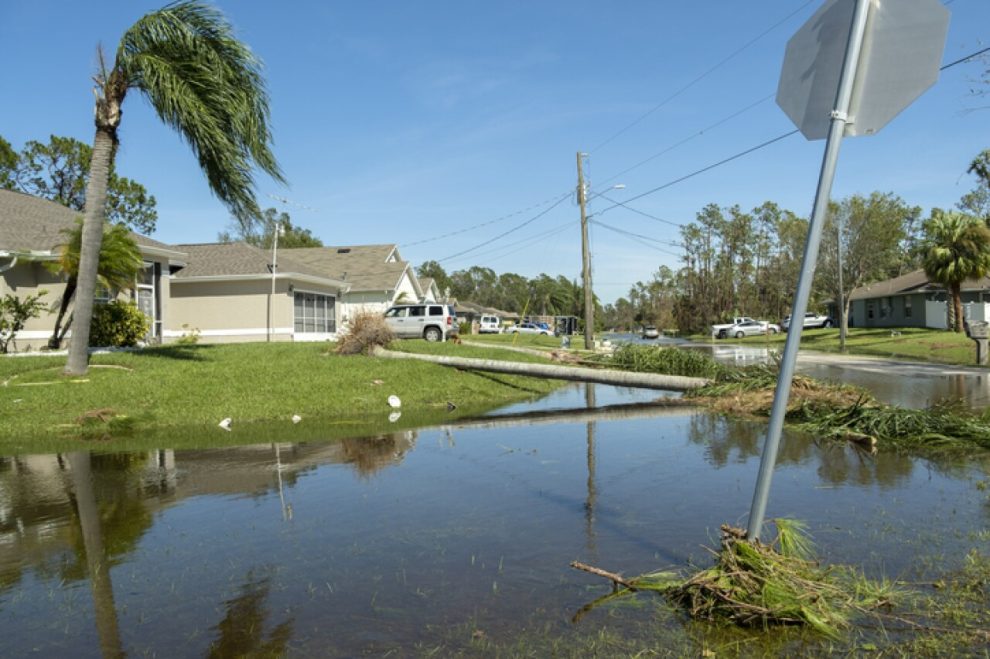“In my 15 years of working in the industry, I had never seen an event like Otis. With this hurricane we discovered the importance of anticipating this type of meteorological situation that from one moment to the next goes from a level 2 to a category 5,” acknowledges Daniel Ríos, Assistant Vice President of External Affairs and Sustainability at AT&T Mexico.
After Otis, explains Ríos, the carrier understood the importance of working with all operators to recover telecommunications network operations more quickly and in a coordinated manner, but also of rethinking the way it deploys its network and infrastructure to make it more resistant and resilient to climatic shocks.
Telefónica has agreed with the AT&T executive’s vision. The global telecommunications company has begun to deploy its network differently. It now places its sites higher and even designs its infrastructure to be more efficient in energy consumption to overcome heat waves. The company also has energy backup to deal with the power outages that are becoming more frequent.
Mexico experienced massive blackouts a few months ago that paralyzed several parts of the country, affecting critical infrastructure. Telecommunications companies used diesel-powered power plants in their central areas to keep their mobile services running. They also installed batteries in their radio bases to continue transmitting frequencies that reach mobile terminals. Some companies have even opted to power part of their infrastructure with renewable energy.
“Technology is certainly a great ally, but we have understood that it is also important to build the network to promote air circulation and to cool the equipment better, or to have equipment that heats up less,” said Marta Vegas, head of sustainability at Telefónica Hispam in an interview with Expansión.
Another key element for telecommunications networks to remain alive in the midst of a natural disaster is the maintenance team. AT&T and Telefónica have clearly emphasized this: “without the work team, a service cannot be set up,” which is why both companies train their employees to maintain the infrastructure, but also to protect themselves in case of finding themselves in a critical moment.
Managers are aware that it is increasingly difficult to anticipate an event like Otis or Beryl that can abruptly change their strength. However, having gone through them has allowed them to improve their strategy to continue keeping their operation active.

![[Img #74798]](https://thelatestnews.world/wp-content/uploads/2025/01/Kurt-Godel-The-mathematician-who-challenged-the-foundations-of-logic-150x150.jpg)










![[Img #74798]](https://thelatestnews.world/wp-content/uploads/2025/01/Kurt-Godel-The-mathematician-who-challenged-the-foundations-of-logic-300x200.jpg)

Add Comment